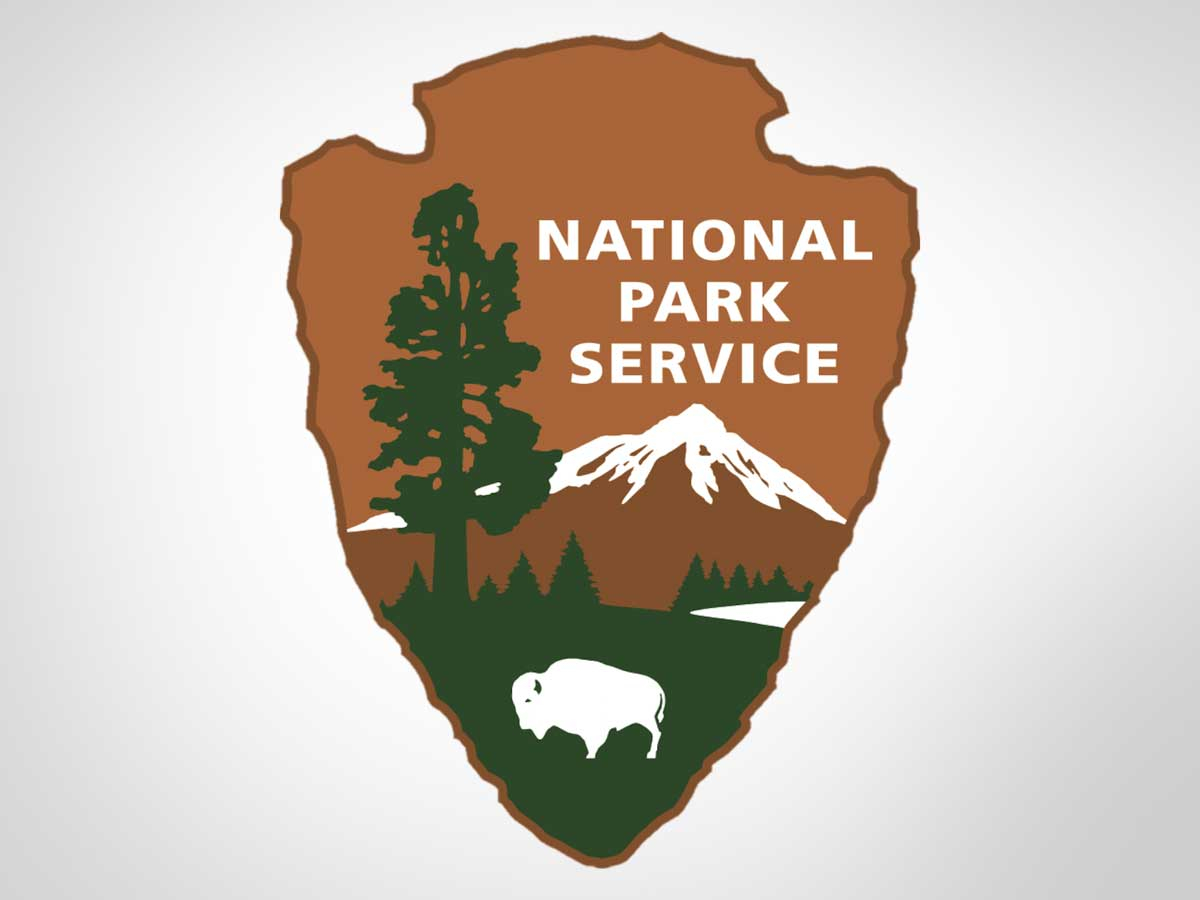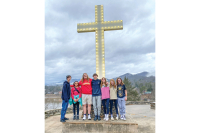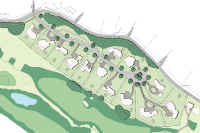The story of one family among thousands

In response to the news of the Great Smoky Mountains National Park (GSMNP) proposing fees for parking, now is an opportunity to flip the script. While other groups are finally being recognized after too long being ignored, marginalized and even intimidated, the GSMNP has an opportunity to bring to light those who lost their livelihoods, homes and communities to make way for the Park.
I would like to propose that not only should the Park recognize all the families who were displaced with a public display of names and the community from which they hailed, but also waive any fees (including the proposed parking) for accessing those lands to allow free visitation. The park should also be fee free for residents of the five counties where the GSMNP resides.
There has long been a bit of sadness from the displaced families and their descendants, yet these same folks came to appreciate the Park in later years, enjoying its restorative blessings. Many took pride in leading their children and grandchildren to the spot where they and their forebears once called home, which indeed is how and where I learned my family’s story from my grandmother Maisie. From around 1910 into the 1930s, life was all abuzz in the little community of Smokemont. Now known as a campground in the GSMNP, the little area was a thriving community of self-sufficient families, some of which also worked for the local logging company. At present, when you cross the bridge to enter Smokemont, if you look up you will see the Smokemont (Lufty) Church on the hill, resting on the land that was given by my great-great-grandfather Wilson “Wilse” Ensley Queen (1861-1928) in 1906 “in consideration of the love and affection he has for the Lufty Baptist Church.” This church, which is on the National Register of Historical Places, is still used for homecomings, occasional services and weddings. It was the heart of the community.
As you turn left and enter the campground, driving all the way to the back gate, you are crossing the land where my family worked and lived. Wilse was given (by his father) this land at Smokemont (tract 11 with 1 exception); married Amanda Catherine Queen (1865-1900) and set up house there. Both are buried at the Beck Cemetery within the Park.
My great-grandfather Charles “Bascombe” Queen (1892-1971) married Mary Alice Fisher (1899-1977) and built a house on Queen Mountain where my grandmother Maisie Fisher Queen (Young) (1917-2007) was born. Moving to Pumpkintown — just across Bradley Fork — Maisie went to school at Smokemont, was later bused to Swain High, graduated in 1934 and attended nursing school in Knoxville. After she returned, she married I.J. Spear (1916-1996), who was in the area working with the CCC. My mother, Agnes O’dess Spear (Wiggins), was born at the J.H. Beck house (tract 46) in 1938 before the family had to move.
This is what my grandmother wrote about this time:
Related Items
“The Smoky Mountain National Park became a reality to the Queens when the Law of Eminent Domain was used, condemning between five to six hundred acres of their land for public use at an average price of $25.00 per acre. Their days in Court to retain the land were unsuccessful.”
“After payment from the Park, all the Banks closed and we were in the Great Depression. Even though we continued to live on the land by paying a yearly lease, the money was unavailable to buy another home. This was the hardest part of losing my family’s land.”
Moving to a little farm nearby, Agnes (my mother) later moved to Bryson City when Maisie remarried to Frank Young (1924-2005). My grandparents were very active users of the park, often returning to camp at Smokemont on the very land where Maisie grew up. Frank was an avid fisherman up Deep Creek and Maisie was an active genealogist helping to preserve the past in the Swain County Heritage book (quoted above) with the Swain Heritage Society. She participated in Pioneer Days at Oconaluftee, and they both took up the cause of the North Shore Promise, not living to see the final outcome. They taught me the importance of and the beauty within our Park.
Swain County is still a very rural area where the Park is constantly enjoyed locally and charging a flat annual fee will prohibit some from taking part or hamper the spontaneous, “let’s go walk up Deep Creek today.” It is an innate part of our day-to-day culture. This is just one story of thousands. Do you have one?
(Kathy Wiggins lives in Bryson City. This email address is being protected from spambots. You need JavaScript enabled to view it..)









